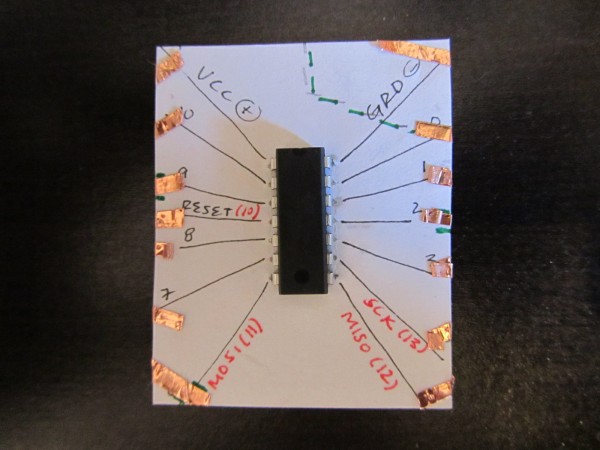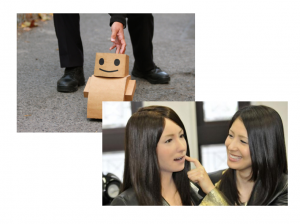Design a lamp using the techniques, tools, and materials we have been learning over the last six weeks. Lamp and presentation due Oct. 14. Instructable due Oct. 19. See examples of past projects and inspiration here.
Your theme: Choice
Constraints:
1) MUST use a switch or sensor. RE: You must have a way of controlling the circuit.
2) Must have at least two states (e.g. on/off, fading fast/slow, red/blue, etc)
3) You cannot use jumper wires *unless* it is to connect your circuit traces to the Arduino. In this case, you should consider how to integrate your Arduino into the design. Depending on your time and financial constraints, you may want to explore other types of Arduinos that better fit your design, such as a Lilypad, Flora, Gemma, Arduino Mini, etc.
4) You do not have to use Arduino.
I will be evaluating you along the following categories:
Process
– Paper prototyping interaction and structure
– Grasp of assembly and how to integrate electronics with materials
– Material is appropriate for the project
Concept + Design
– Clear design goal
– Desired interaction accomplished (What should the user be doing or feeling? What action do you want them to perform?)
– Intuitive interface (or convoluted depending on the design goal)
– Articulated audience – who is this for?
Documentation
– Create an Instructable
DUE NEXT WEEK
1) Paper prototypes for feedback (Focus on role or look+feel)
2) Concept and design goal (What does your design seek to accomplish? Who are you designing for?
3) Materials list (What do you need to build your design)
4) Prior art and precedents that inspired your design and direction.
5) Please read ONE of the following and come prepared to share your thoughts on it:
Organic User Interfaces
Pulp-based Computing
Electronic/Computational Textiles and Children’s Crafts

